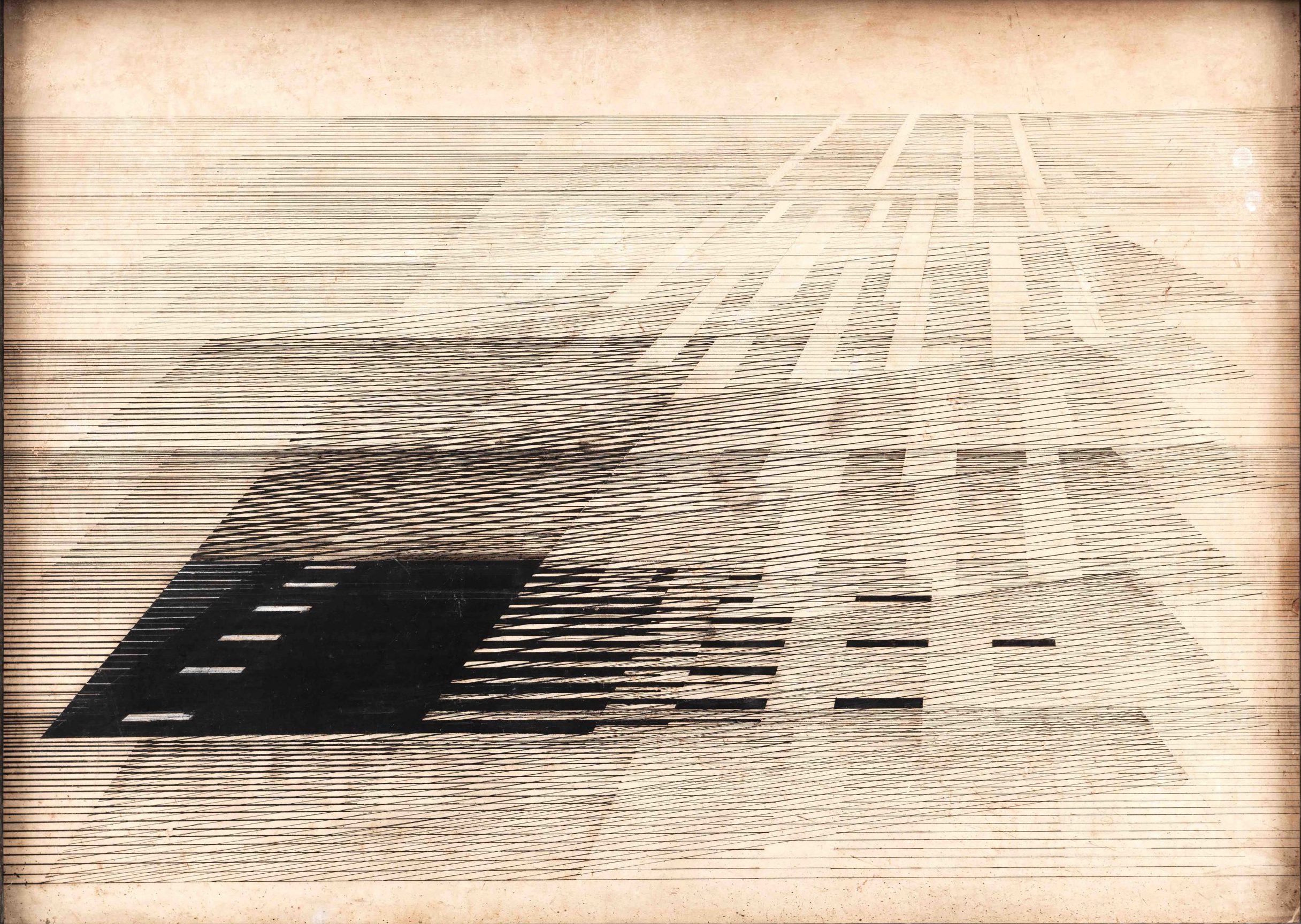
‘The Vastness, Again & Again’ aims to conjure Nasreen Mohamedi’s legacy through a wider context of affiliations and art developments of the time.
This is the first major exhibition in Mumbai of Mohamedi’s works, since her retrospective in 1991 a year after she passed away.
Rather than viewing Nasreen Mohamedi’s practice in isolation, this exhibition attempts to situate it within the artistic milieu of the time. The show conjures Nasreen Mohamedi’s legacy by setting up conversations within her own works and with the important art centres of Bombay and Baroda through artworks by some of her peers. Letters and photographs show the camaraderie she shared with colleagues and students which precipitated a mutual exchange of thoughts and concepts. Specific displays elucidate Mohamedi’s pioneering experiments with photography, form and design in relation to other artists’ works.
A rare home video exhibited for the first time, chips away at narrow visions of austerity associated with Mohamedi and speaks of a life of warmth, travel and colour. Archival sections of sketches, notes, references, press clippings and items found in the artist’s studio are featured to present revelations about her work and process.
This exhibition has relied on research gathered from conversations with those who knew Mohamedi during her lifetime, including artists, friends, students and family members of the artist, as well as Mohamedi’s own haiku-like diary notes that reflect the underlying formal and conceptual thought.
Since Mohamedi passed away at the age of fifty three and became a coveted artist several years after her death, much remains to be discovered, including exact dates, and in some cases the orientation for her known works. This exhibition features several works and archives that have not been shown before. It attempts to demystify aspects of Mohamedi’s life and work, while looking at frameworks through which one could explore the artist’s complex practice.
Exhibition catalogue available
Nasreen Mohamedi: The Vastness, Again & Again
Price: 1500 INR (Shipping cost not included)
2023, 27 x 22 cms, Paperback, 143 pages
ISBN: 978-81-957115-5-0
To purchase: Write to us at connect@jnaf.org